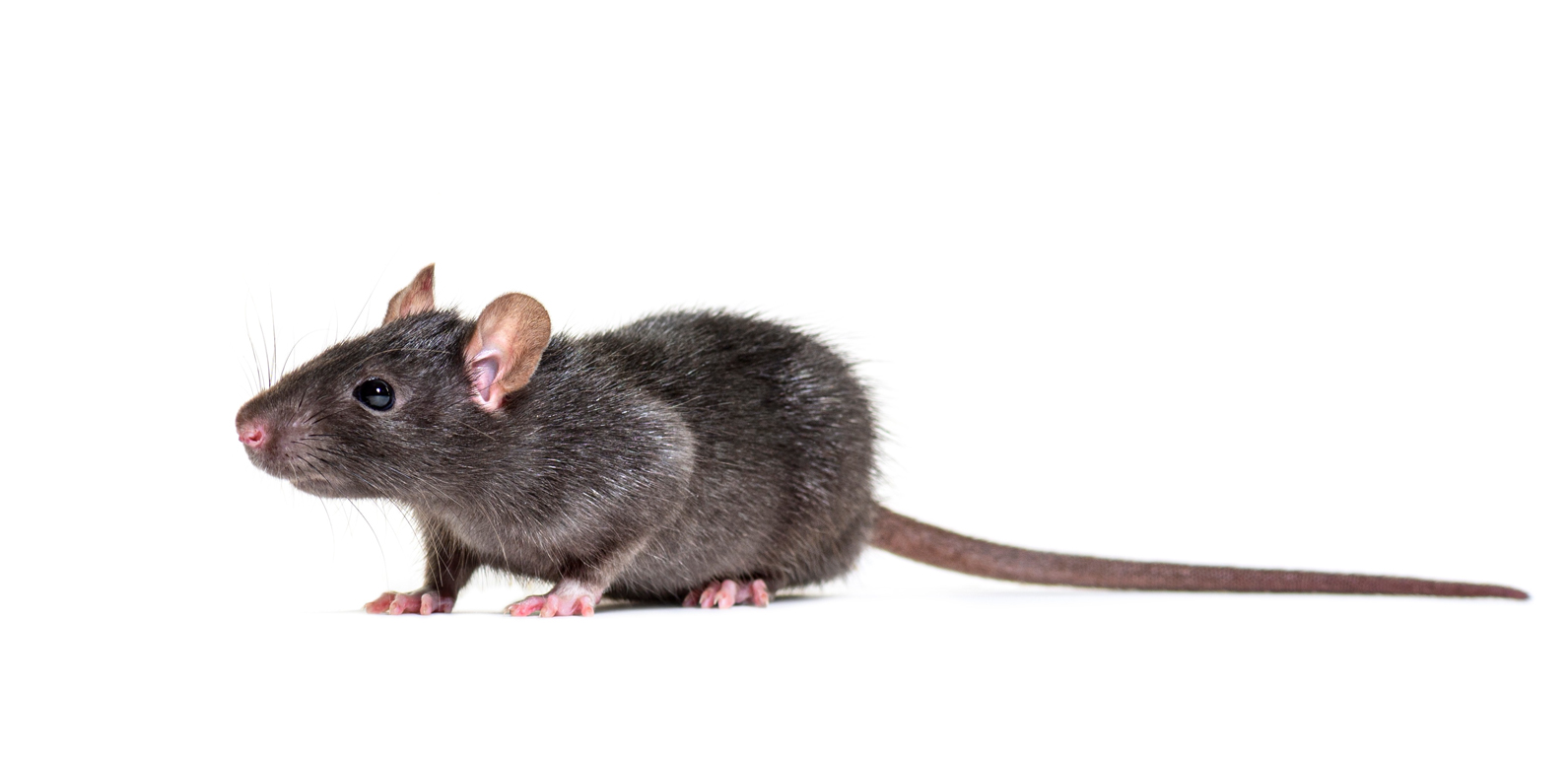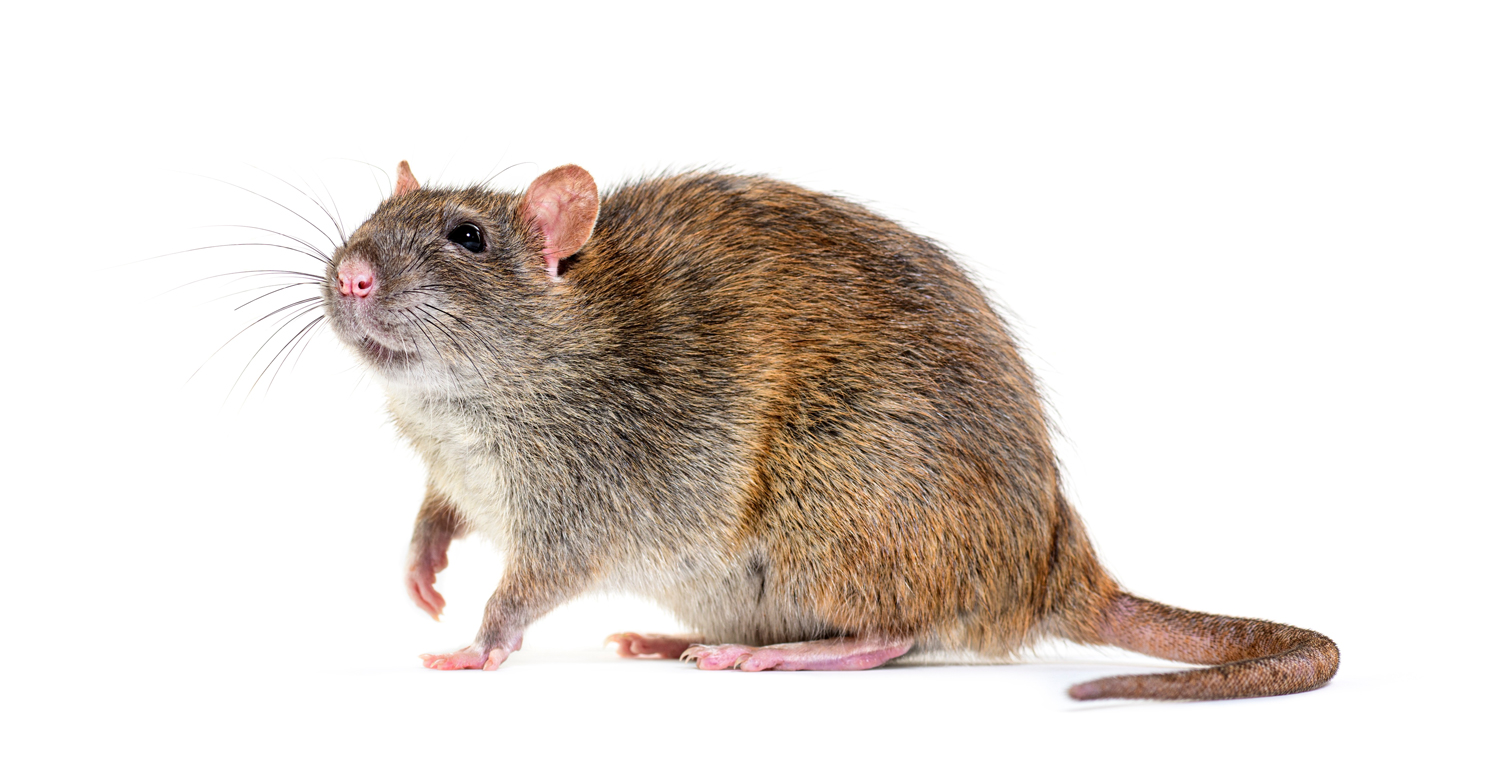Rats are responsible for the transmission of over 70 diseases. Their feeding habits are destructive and their nesting behaviors can compromise the structure of infested buildings such as coffee shops and restaurants.
3 Type Most Common Rodent Found
House Mouse (Mus musculus)
The house mouse is a small mammal of the order Rodentia, characteristically having a pointed snout, large rounded ears, and a long and almost hairless tail. It is one of the most abundant species of the genus Mus. House mouse breed rapidly and can adapt quickly to changing conditions. In fact, a female house mouse can give birth to a half dozen babies every three weeks and can produce up to 35 young per year.

Mus Musculus
Roof Rat (Rattus rattus)
Roof rats get their name from their love of climbing and living in high buildings. Ranging from six to eight inches in length, not including their tails, roof rats are colorblind and have very poor vision. They do, however, have extremely strong senses of hearing, smell, touch, and taste. These critters can cause major damage by chewing on housing materials and eating stored foods. In late fall, roof rats seek out warm nesting sites like the upper levels of your home or garage. Becoming sexually mature in a matter of months, roof rats typically have five to eight pups per litter and four to six litters per year.

Rattus Rattus
Norway Rat (Rattus norvegicus)
The Norway rat commonly referred to as the street or sewer rat. Norway rats have fairly poor vision and are colorblind. Despite this, their other senses, including hearing, smell, touch and taste are keen. Although not extremely agile, they are capable of running, climbing, jumping and swimming. Norway rats are known to cause damage to properties and structures through their gnawing. Norway rats are social pests, often building shelters close to one another. This means that where there is one burrow, there are likely others close by. Their burrows have at least one entrance hole and a minimum of one bolt-hole, or emergency exit, which is often hidden under grass, debris and other materials.
Rattus Norvegicus
Signs of a rodent infestation:
•Droppings found around the home
•Rodent nests made up of household materials, twigs, even grass
•Gnaw marks on structures of the home as well as food containers
•The sound of little feet scurrying overhead and through the walls at night (Yes, you really can hear them)
Pevention
1) Sanitation
Food source reduction is a key for successful rodent control. Garbage, food, or feed should be stored in sealed containers.
2) Rodent proofing
Rodent proofing/exclusion can be helpful to keep rodents out of the building. Doors, windows, screens, cracked concrete & false ceilings are all areas where rodents can gain easy access.
3) Baiting and Trapping
A successful rodent control program combines the elements of baiting and trapping to achieve the highest rate of control.

